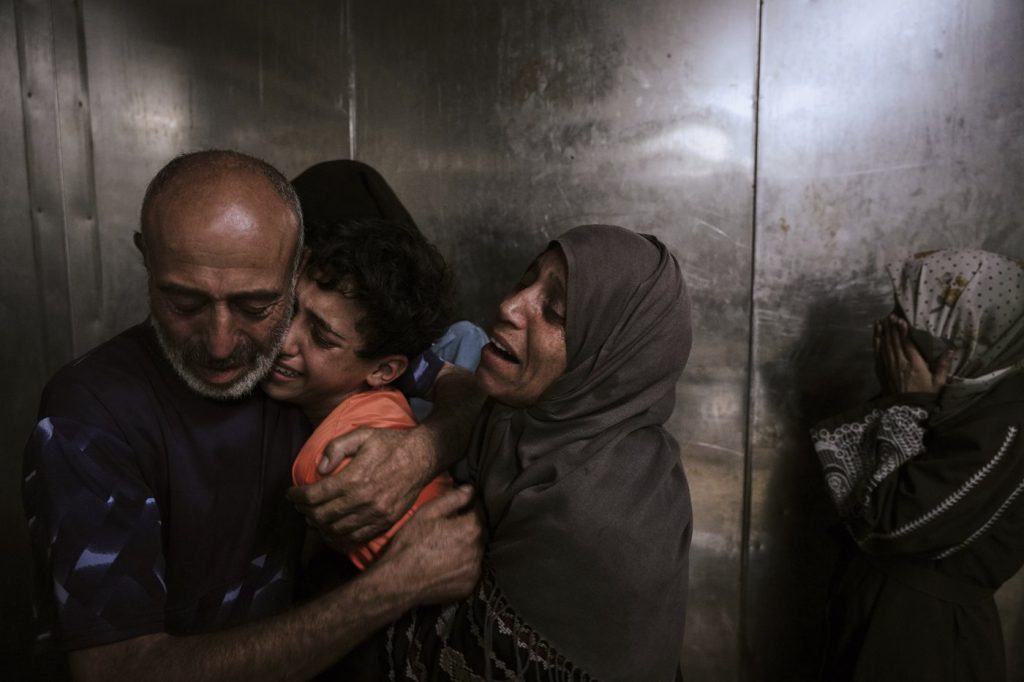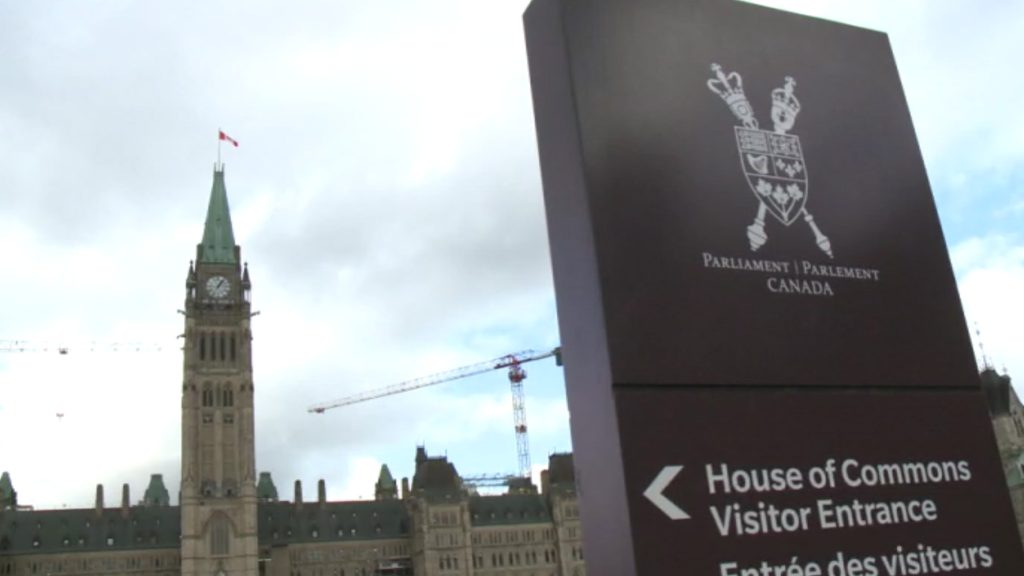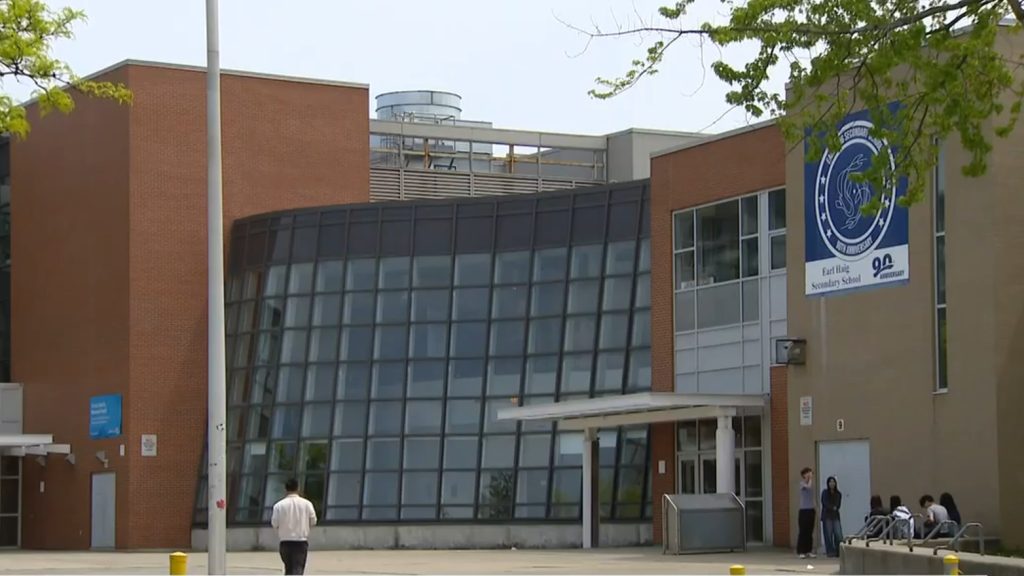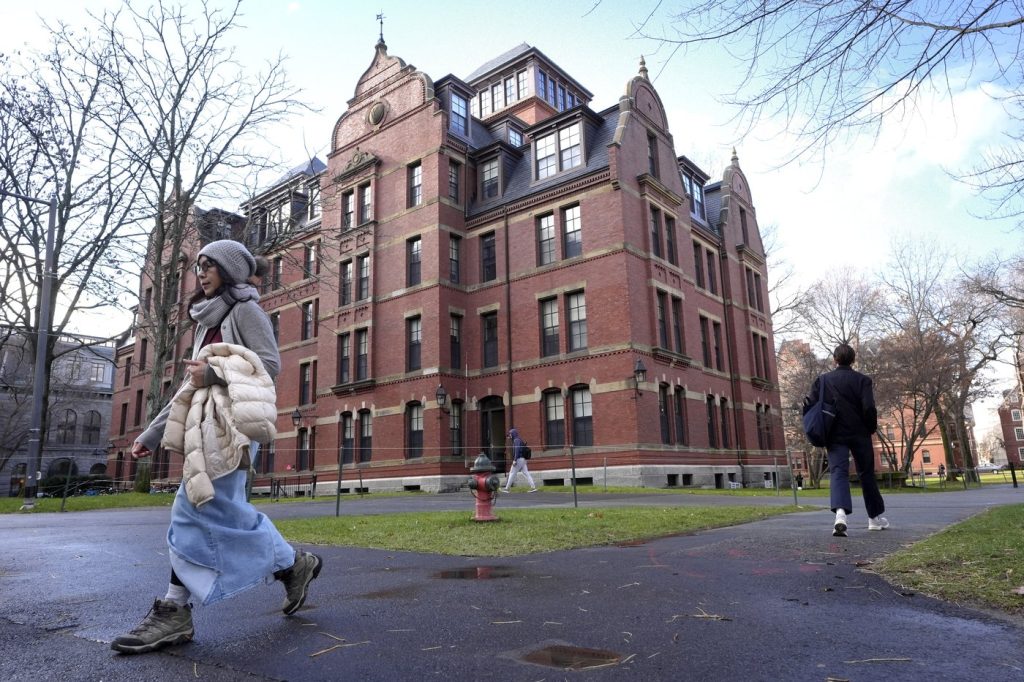DEIR AL-BALAH, Gaza Strip – Overnight and into Wednesday, at least 38 Palestinians lost their lives while attempting to access aid from United Nations convoys and sites managed by an Israeli-backed American contractor, as reported by local health authorities. The Israeli military stated that warning shots were fired when crowds approached its forces.
Additionally, Israeli airstrikes claimed the lives of 25 individuals, including numerous women and children, according to local medical facilities in Gaza. The military defended its actions, asserting that it exclusively targets Hamas militants.
These fatalities occurred amid expectations that Prime Minister Benjamin Netanyahu would announce further military action, potentially including plans for Israel to entirely reoccupy Gaza. Experts express concerns that Israel's military campaign and ongoing blockade are exacerbating humanitarian conditions for approximately 2 million Palestinians, with recent reports indicating that only 1.5% of Gaza’s farmland remains accessible and undamaged.
Another escalation in the ongoing 22-month conflict might jeopardize the lives of countless Palestinians and around 20 living Israeli hostages, likely inciting significant opposition both internationally and within Israel. Netanyahu’s far-right coalition allies have advocated for a broader military response, calling for the takeover of Gaza and the relocation of its population to facilitate the reconstruction of Jewish settlements.
In a recent statement, U.S. President Donald Trump, when queried about the potential reoccupation of Gaza, indicated he was unaware of such suggestions but stated that it would largely depend on Israel’s decisions.
Among the 38 Palestinians reported dead while seeking aid, at least 28 were killed in the Morag Corridor, a designated Israeli military zone in southern Gaza, where U.N. convoys have been repeatedly overwhelmed by desperate crowds. Witnesses have reported that Israeli forces opened fire during these incidents.
The Israeli military acknowledged firing warning shots but claimed no casualties were recorded. Nasser Hospital reported four additional deaths in the Teina area, leading to a site operated by the Israeli-backed Gaza Humanitarian Foundation (GHF), while Al-Awda Hospital received the bodies of six individuals who were also killed near a GHF site in central Gaza.
In response, GHF denied any violent occurrences at its facilities, suggesting the chaos stemmed from situations surrounding U.N. convoy operations. Meanwhile, two Israeli airstrikes in Gaza City resulted in the deaths of 13 individuals, including six children and five women, as stated by the Al-Ahli Hospital.
The Israeli military reiterated its position, emphasizing that its operations only aim at militants while attributing civilian casualties to Hamas, which is often embedded within heavily populated regions.
Following a strategic blockade lasting two and a half months, Israel established four GHF sites in May, claiming that a new system was necessary to prevent Hamas from intercepting humanitarian assistance. The U.N., which has facilitated aid distribution across Gaza whenever conditions allow, criticized this newly implemented system for endangering Palestinian lives as it forces them to undertake perilous journeys to access essential supplies.
Estimates indicate that around 1,400 Palestinians have died while seeking aid since May, predominantly near GHF locations and U.N. convoy routes. Reports suggest that the vast majority of these casualties resulted from Israeli fire.
This week, U.N. special rapporteurs and independent human rights experts have called for the disbanding of GHF, denouncing it as an alarming example of how humanitarian efforts can be manipulated for military and geopolitical objectives in violation of international law. In contrast, GHF branded their statements as disgraceful, urging collaboration with the U.N. and other aid organizations to enhance the secure delivery of aid to the people of Gaza.
Israel's continuous aerial and ground assaults have obliterated nearly all of Gaza’s agricultural production capabilities, resulting in increased dependency on international aid. A new report from the U.N. highlights that only 8.6% of Gaza's farmlands remain accessible following extensive Israeli evacuation orders, with merely 1.5% deemed undamaged.
Amidst this humanitarian crisis, local hospitals have reported four additional malnutrition-related fatalities over the past 24 hours, raising the total to 193, including 96 children, since the onset of the current conflict in October 2023.
In a separate incident, Jordan reported that Israeli settlers obstructed a convoy of aid heading to Gaza, targeting the trucks with stones as they crossed into the Israeli-occupied West Bank. The Jordanian government condemned this act, which reportedly resulted in damage to the trucks. The Israeli military asserted that security forces intervened to disperse the gathering and escorted the trucks to their destination.
In a recent escalation of violence, Hamas-led militants killed approximately 1,200 individuals, primarily civilians, during the October 7 attacks and abducted 251 others. Though many hostages have since been released during ceasefires, around 50 are still believed to be held in Gaza, with approximately 20 reported alive.
According to data from Gaza's Health Ministry, Israel's retaliatory measures have resulted in over 61,000 Palestinian deaths, though exact distinctions between combatants and civilians are not provided. The Health Ministry is regarded as a key source for casualty figures amidst the conflict.












